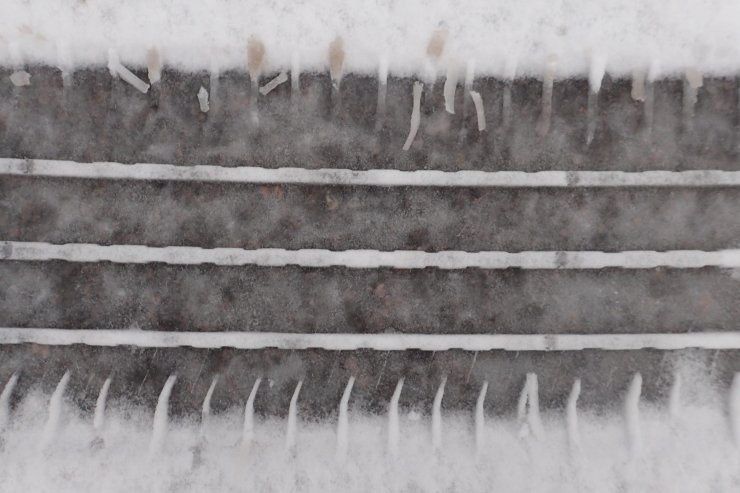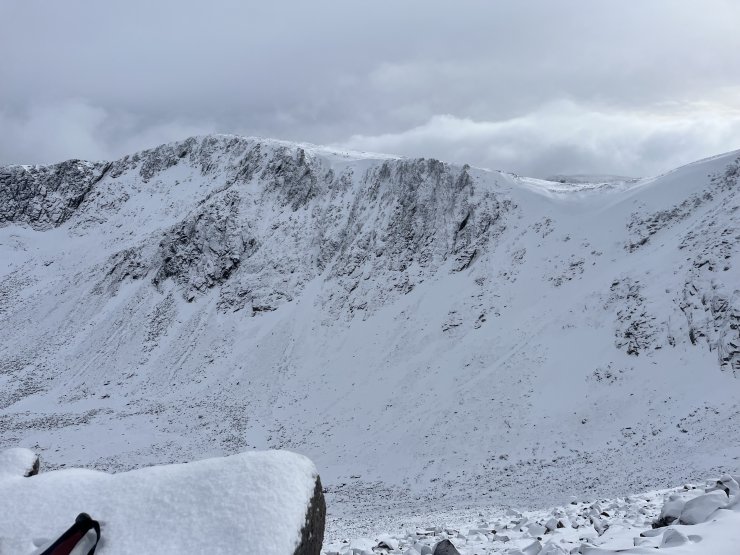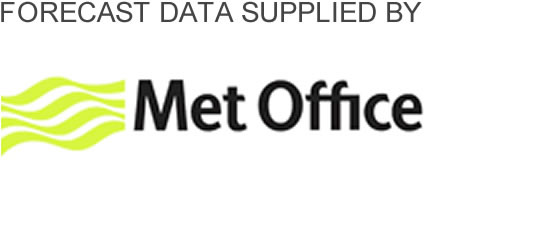A Good Day for Some Snow Observations
2nd March 2024
There were a few centimetres of snow to glen level overnight. This allowed a few interesting observations of the properties of snow at the Glenmore Lodge carpark. After a bit of pondering I headed up the hill. It was very misty at first but cleared up to provide a very pleasant day. I had a wander up the Fiacaill of Coire an t-Sneachda which allowed for some good views into both Coire an Lochan and Coire an t-Sneachda. There was a shallow and uniform layer of fresh snow. With the winds getting up overnight this is expected to start drifting and forming windslab. However, quantities are not expected to be significant.

Tyre tracks in the carpark, the snow is relatively transparent where it has been under most pressure, but still white in the tracks. To understand ‘why?’ we have to ask why snow is white. The reason is that snow is made from lots of crystals of ice. Ice itself is clear. However, light is scattered and bounces off the ice crystals in the snow. The reflected light includes all the colours, which, together, look white. When the snow is crushed enough (particularly with the presence of a bit of water at the base of this snow pack) then you just have a mix of water and ice crystals. The fact that water and not air is found in the gaps between the ice crystals significantly affecting the way the light scatters at the boundaries of the crystals. This makes the mixture closer to be clear and the black of the tarmac underneath comes through. There is however still some scattering so the mix is not entirely clear as it would be if it were pure air, pure water or pure ice with no air in it. The snow in the treads had not been so crushed, and hence still has crystals to scatter the light.

Snow creep. Snow is quite an interesting material in that its fails in two ways; brittle and ductile. In this picture the mild temperatures and smooth bonnet of the car has allowed the snow to creep, and deform in a ductile manner. This is different to a most human triggered avalanches where the snow fails in a brittle manner. A good experiment you can do at home to understand the difference is to take two mars bars (or similar). Put one of these in a warm room or on the radiator and heat it up to just below it’s melting point. Put the other on the freezer. After a hour or so put both mars bars beside each other, and hit each with a hammer. The cold one is likely to shatter (brittle failure) and the warm one to deform and squidge (ductile failure). Now eat both mars bars! The transition from ductile to brittle failure of a weak layer in a snowpack is an important parameter in the release of a natural avalanches.

Slush bubbles in the afternoon. These tended to be a centimetre or two across and could be popped (which was quite satisfying). These would have been formed a thin layer of snow on a flat surface melting and turning to slush. The air that the snow had contained is trapped and consolidated forming the features seen in the photos, and are best described as bubbles. This would be caused by the motion of the water through capillary action between the slush grains, and the imperviousness of the slush to the air. This would require the correct combination snow/slush thickness, melt rate and substrate etc for this to occur. Not long after they had all melted.
Comments on this post
Got something to say? Leave a comment







Paul
2nd March 2024 8:36 pm
Cars have nothing to do with mountains!
Harris Keillar
2nd March 2024 9:26 pm
Didn’t know any of that, despite years of interest in snow- thanks
Josh
3rd March 2024 10:32 am
Thank you very much for the educational piece. Definitely makes understanding persistent weak layer clearer
Roger Taylor
5th March 2024 9:28 am
Some great education in these blogs – thanks